
Senses Collecting Information about the Environment

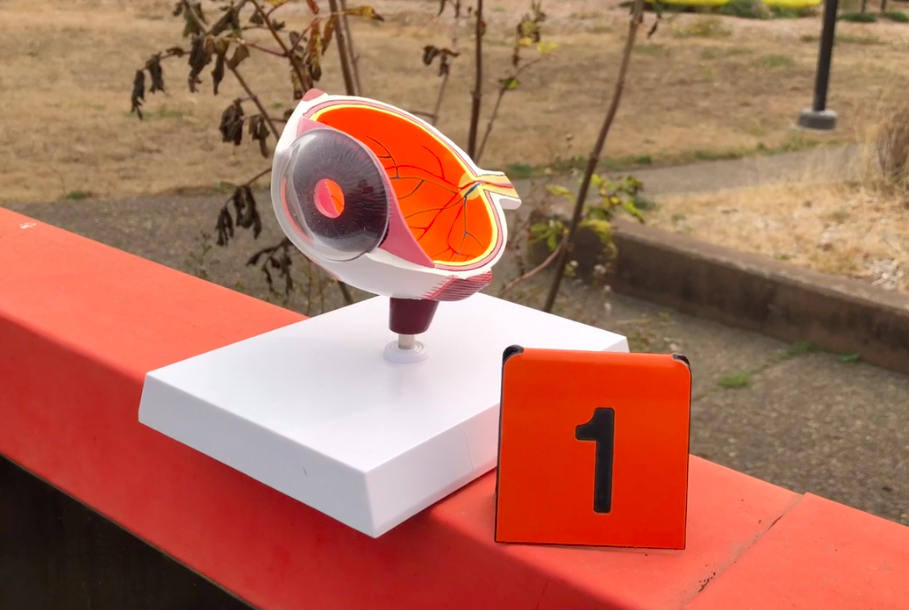
Senses Objectives
-
Describe the various senses species use to interact with their external and internal environments.
-
Provide examples of interactions between sensory organs and the central nervous systems to form perception and test personal perceptions.
-
Distinguish between observations and inferences, and provide an example of each.
One of the goals in organizing your knowledge about animals, biology, and science in this course is to identify possible misconceptions you may already have and correct them.
Misconception: an incorrect or incomplete understanding
Even though senses are the way we continually get information about our environment, there are many misconceptions tied to senses, observation, and perception. Let’s clear a few of these up.
Senses are the way animals collect data to form a perception, or idea, of the world around them.
“Traditional” Senses
These are the senses most people are familiar with, possibly because they are associated with specific organs.
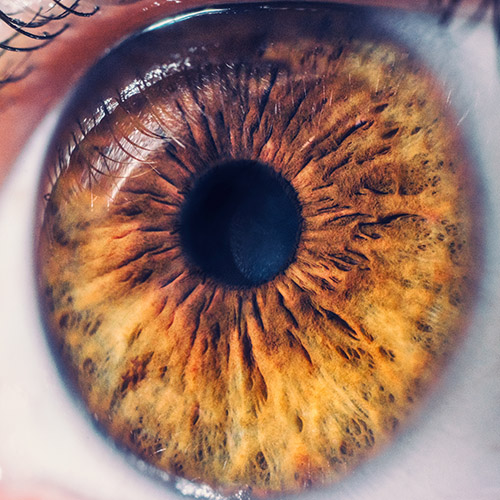
Vision
Rod and cone cells in human eyes send information on shape, depth, movement, and color to the brain.
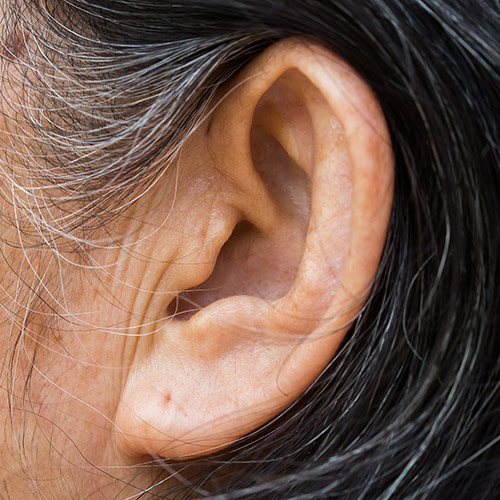
Audition (hearing)
Hair cells in human ears collect information on sound amplitude and frequency.

Taste
Taste buds scattered on the tongue detect at least five tastes in humans: sweet, sour, salty, bitter, and umami (“savory”).
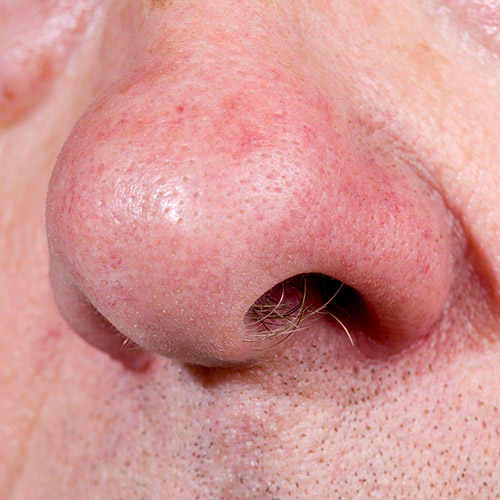
Olfaction (smell)
Ciliated receptor cells in the human nasal cavity can detect thousands of different odors.
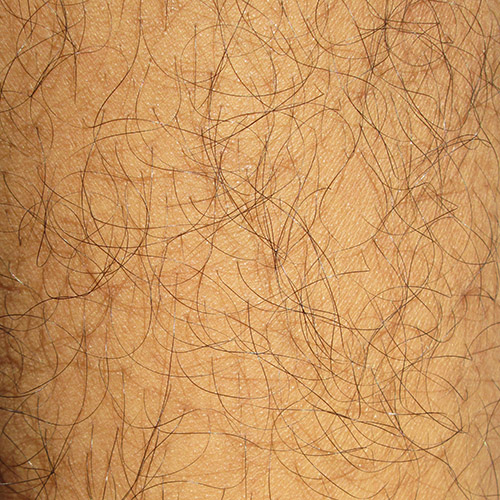
Touch
Skin receptor cells can detect pain, heat, cold, light touch, and heavy pressure.

But wait...
We actually have more than these five senses.
Additional Senses
These senses do not have dedicated organs (like the eyes or ears), and their mechanisms are not typically well understood.

Balance
Receptors in the skeletal muscles, ears, and eyes play a role in human balance.

Proprioreception
This is awareness of where parts of the body are located: it enables you to touch your nose with closed eyes.

Pain
Receptors in the skin, joints, bones, and soft organs send pain signals when tissue damage has occurred. This is a wider sense that simple pain reception by nerve endings in the skin.

Hunger
Multiple parts of the brain are responsible for the feeling of hunger that assists in energy management.

Chronoreception (passage of time)
Awareness of the passage of time is impacted by multiple brain structures and includes short term time and daily circadian rhythms.

Assorted Internal Senses
At least eight additional senses include detecting a full bladder, thirst, and more.
Common misconceptions about human senses
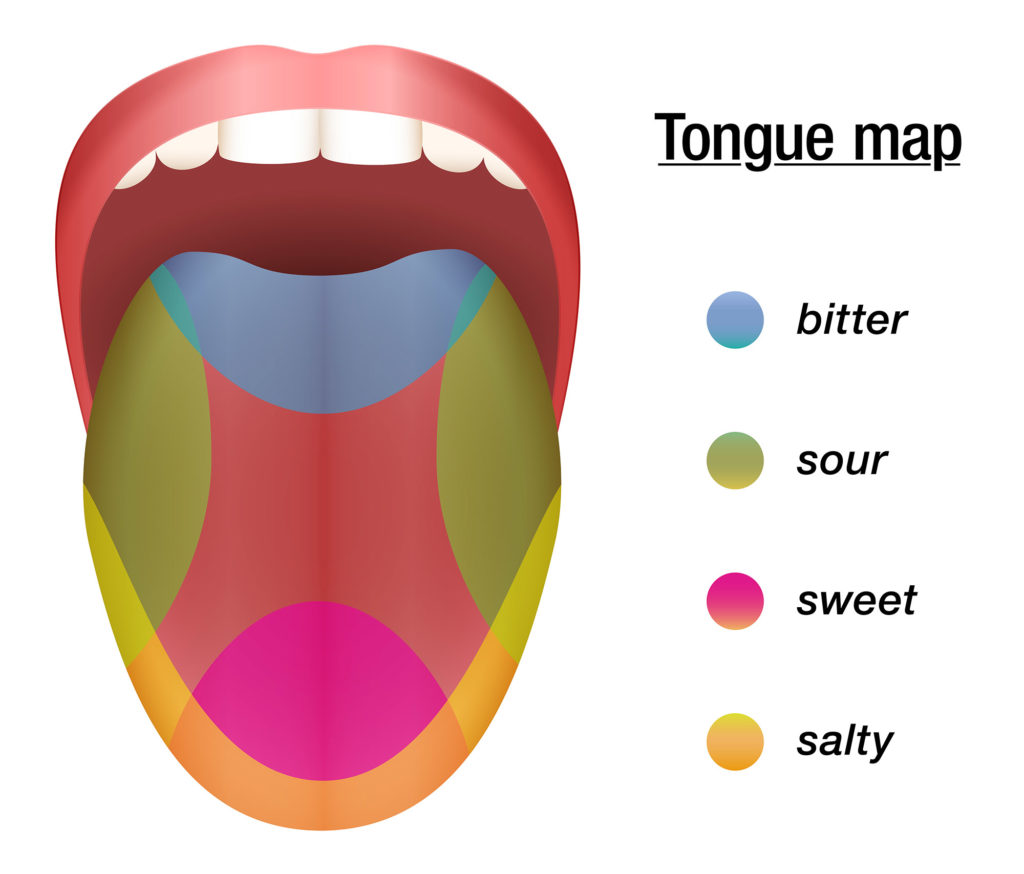
Taste Map
Many older textbooks show a map of taste buds on the tongue with zones of clustered taste receptors. The tongue actually has assorted taste receptors, not specific regions of taste.

Ear Repair
Although some parts of the body heal quickly with healthy cells dividing to replace dead or injured cells, some cells like the receptor cells of the ears rarely divide. This means damage by a single large vibration (sound) can lead to permanent hearing loss.

Best Sense?
When asked about their weakest sense, many people say their sense of smell. Most people can actually detect thousands of different scents, like the smell of different apple varieties, but the brain has to be taught to identify them.
Other animals species have similar senses, in modified form.
Salamanders, reptiles, and some mammals have a vomeronasal organ that can detect pheromones, chemical messages. Snakes collect scent molecules with their forked tongue and transfer them to this organ.
Catfish and many other fish species have whisker-like barbels covered with taste buds. A few species can smell with them as well.
Animals also have senses that humans do not possess.
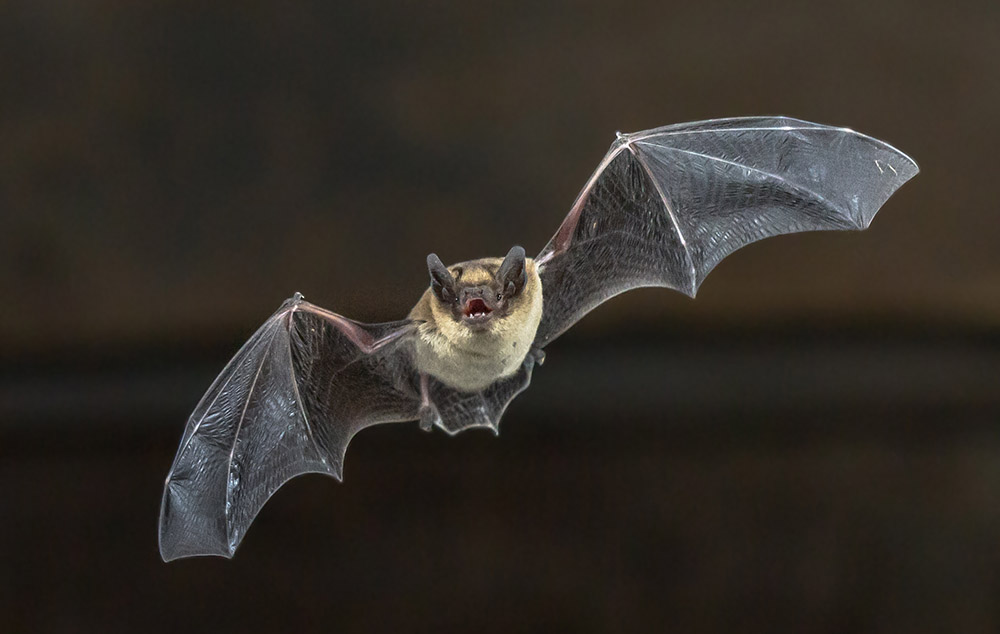
Echolocation
Whales and bats can detect reflected sound to detect prey in low-light environments.

Electrolocation
Dolphins, sharks, and rays have specialized organs that can detect electric fields. Some can even generate their own electric fields.

Magnetoception
Some birds, bees, and mammals can orient their direction based on sensing Earth’s magnetic field.
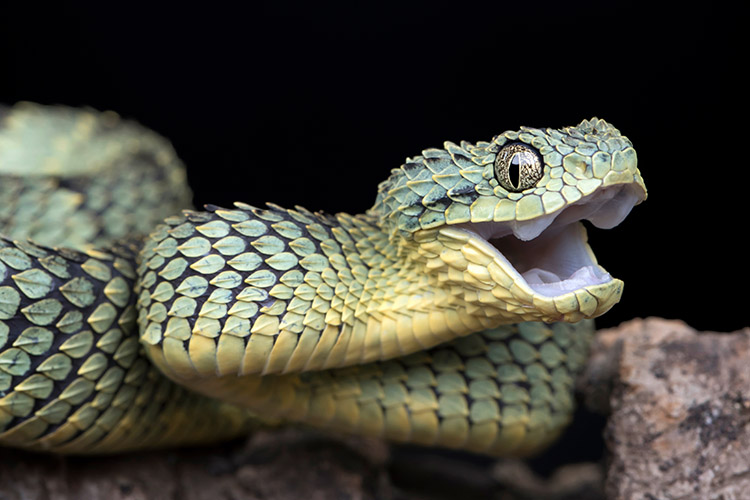
Infrared Sensing
Some snakes, particularly the vipers, can detect infrared thermal radiation.
From these videos, which sense are the sea urchins using to inspect Mark’s finger and the tank wall, possibly for food?
Pacific urchin species
Atlantic urchin species
Perception
Sensory organs send information to the brain, where it is processed by passing through connected cells.
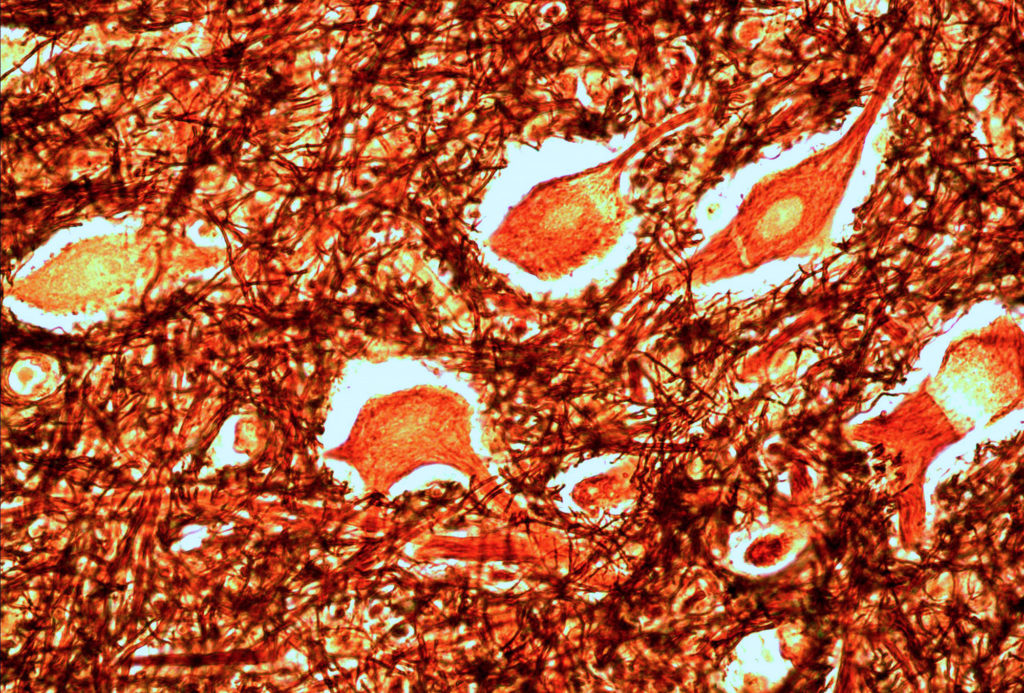
Neurons are connected nerve cells that send rapid signals from one part of the body to another. Specialized “association” neurons in the brain and spinal cord collect sensory information and send it from one cell to the next to form a perception.
A perception is a combination of sensory information and processing by association neurons in the brain.
If you like sour candy, your taste buds send the sour taste information to the brain and your brain determines whether you like that taste or not. This is your perception of the candy.

Individual animals, including humans, have variation in sensory abilities and variation in how association neurons are connected. So two individuals within a species can have different perceptions of events.
This is why, in part, you can have four people witness the same event and have four different perceptions about what happened.

This is also why having multiple people’s perceptions about a topic can lead to a variety of ideas and solutions.
Your quiz answers, media pieces, and portfolio will have a uniqueness due to how you process information about the world.
If science is built on observation and our perceptions vary, how can we build reliable scientific knowledge?
-
Science results need to be verified, repeated by different individuals to see whether they transcend an individual’s views.
-
Science knowledge needs to be predictive. A miss-perception or incomplete perception would not yield knowledge that accurately describes or explains a natural phenomenon.
-
In some science papers, researchers mention their potential biases or limitations in order to contextualize their conclusions.
Optical illusions demonstrate how perception is the brain’s interpretation of sensory data.
When we observe something, we immediately start making inferences.
Observation: data gathered by the senses
Inference: an interpretation of sensory information based on prior knowledge

For example, you may make observations and inferences about these corn seedlings:
Visual observations:
- the plants on the left are white
- the plants on the left are shorter than the plants on the right
Inferences:
- the plants on the left are less healthy than the plants on the right
- the plants are different genetically
The white corn seedlings on the left have a mutation (difference in DNA) that makes them unable to produce the green pigments that support photosynthesis, and they will all die as soon as they run out of nutrients that were stored in the corn kernel.
Write down observations and inferences about the fish in this video.
What did you come up with?
Frequent observations:
-
the fish are moving along surfaces
-
the fish are in a group later in the video
Frequent inferences:
-
the fish are looking for food,
-
the fish are looking for food together
This group of catfsh (Genus Corydoras) often hunt for food together, as they likely are in this video.
The risk of inference is that if either your observational abilities or prior knowledge are limited, the inference may be incorrect.
For example: fruit flies are hard to see because they are small and most people do not have a lot of prior knowledge about fruit flies, other than the annoyance of having a swarm of fruit flies around rotting fruit on a kitchen counter.
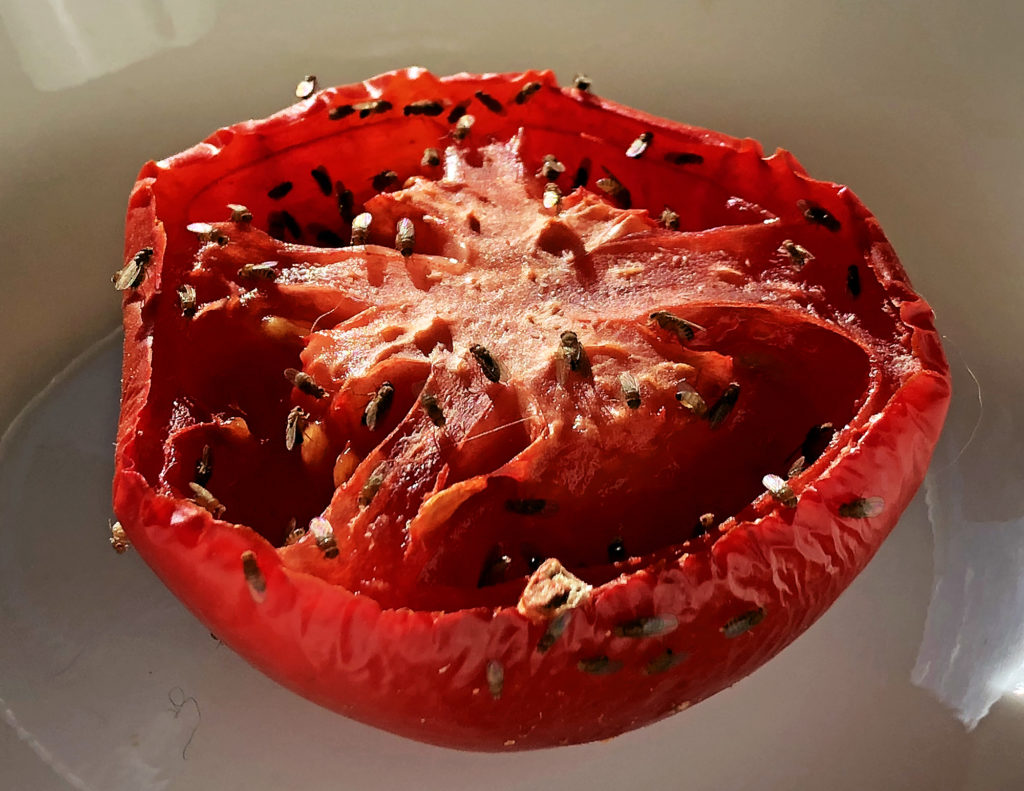
Write down observations and inferences about the fruit flies in this video (taken with a phone).
What did you come up with?
Observations may include the red color of their eyes, brown color of their body, that some were flying, some were sitting, and so on.
The inferences are where it gets really interesting. What do you think they are doing? Your brain will try to relate the observed behaviors to behaviors previously observed in other animals.
Adult fruit flies clean their wings frequently (see on the right in the video) and also communicate frequently, as seen in the group to the left.
To be able to infer in a new situation means being open to possibilities, including the possibility that a small insect like a fruit fly has social behaviors.
It is difficult to identify the degree to which other animal species make inferences based on their observations. For example, gulls can look at two different plates of food and select the plate with the most food on it. Figuring how how they make that selection is challenging.
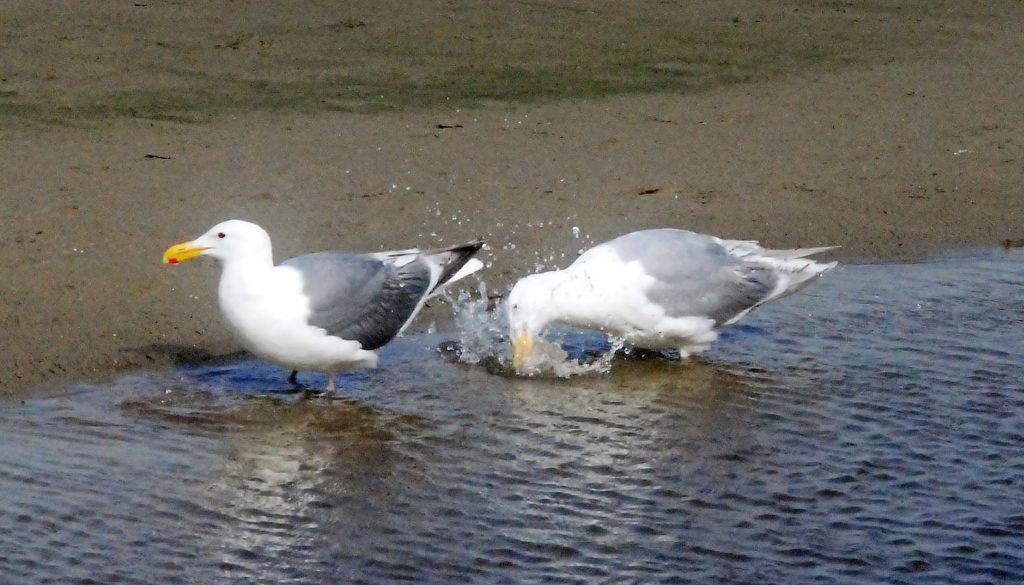
In the next section, we’ll focus on capabilities of animal brains, including humans.

Check your knowledge. Can you:
-
describe the various senses species use to interact with their external and internal environments?
-
provide examples of interactions between sensory organs and the central nervous systems to form perception and test personal perceptions?
-
distinguish between observations and inferences, and provide an example of each?



